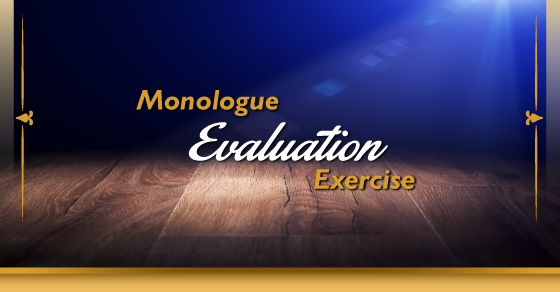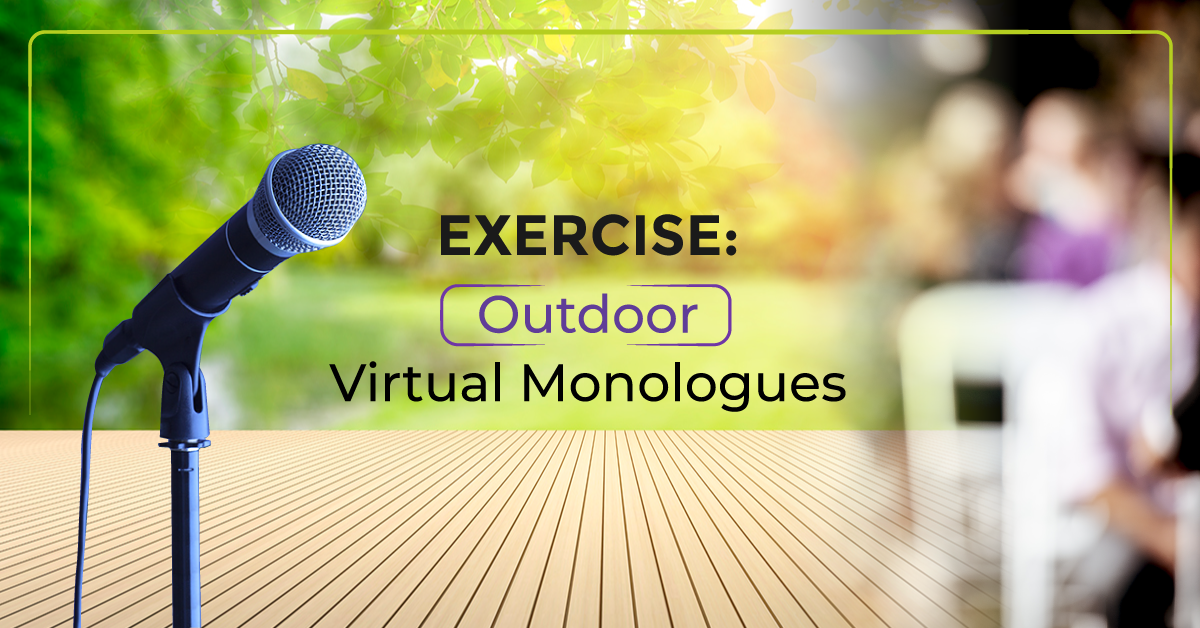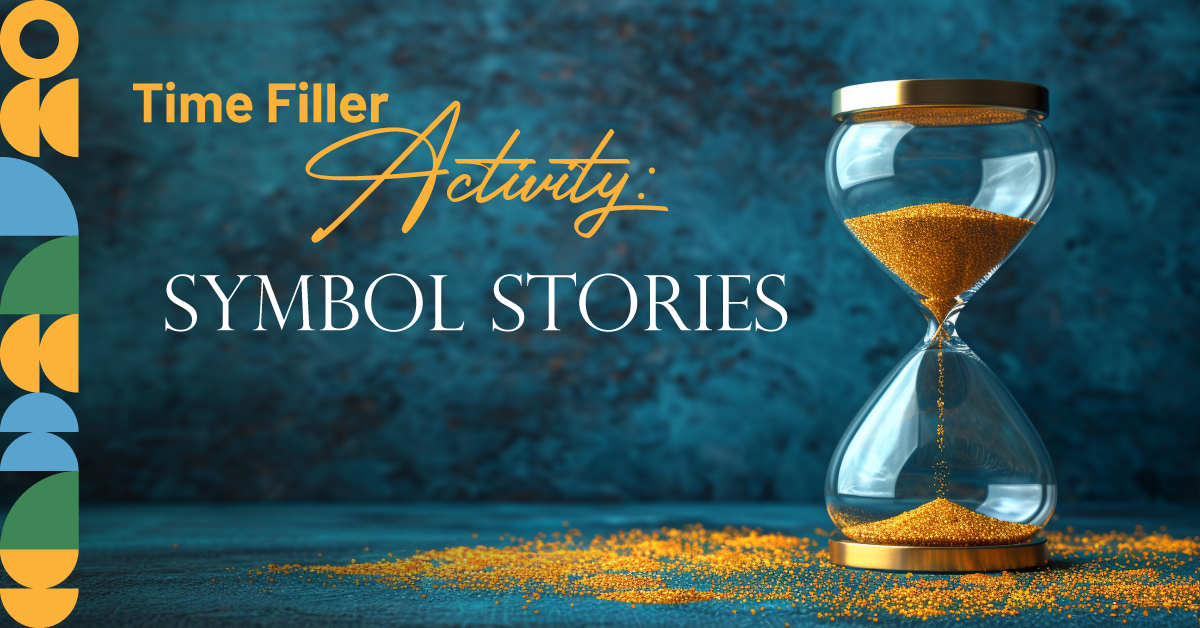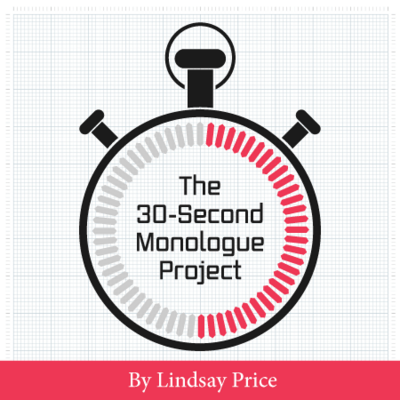Agatha Rex by Lindsay Price is a bold high school take on Antigone - packed with heart, conflict, and a powerhouse ensemble. One girl. One stand. One huge risk. *NEW COMPETITION VERSION AVAILABLE!*
Monologue Evaluation Exercise
What makes a good monologue? What criteria do you give to your students? Before students start writing their own monologue, it’s important for them to be able to identify and assess the elements of a good one. Have them evaluate existing monologues.
Start off with a discussion of What makes a good monologue? See what your students think. Ask them to identify the criteria for a good monologue and come up with five questions to assess that criteria.
For me, there are three elements that should be included in every monologue:
- a reason to speak. Why is the character talking at length?
- a character specific language. Who is the character and how do they speak?
- a journey. Where does the monologue start and end? Is there a journey from one emotion to another?
At the end of the post, download a new monologue for your students to evaluate. I’ve included it in two forms: with questions and without. That way if your students come up with their own list of evaluation questions, they can still apply them to the monologue.
Exercise
1. Discuss with students What makes a good monologue.
2. Either have them establish their own criteria and questions or hand out the Monologue Evaluation Sheet
3. Have students work independently or in pairs. Read the monologue and answer the questions.
4. Students assess the monologue and answer the final question: Is this a good monologue? Why or why not?
5. Students discuss their findings with the class. What’s the consensus?
Related Articles
The 30-Second Monologue Project
by Lindsay Price
Give students the confidence, skills and tools they need to master the monologue with The 30-Second Monologue Project. This four-lesson unit guides students from the first moment to a successful performance.
Monologues for All
by Lindsay Price
Many monologue books have monologues with only male- or female-identified characters. This resource allows students to infer the identity of the character.





